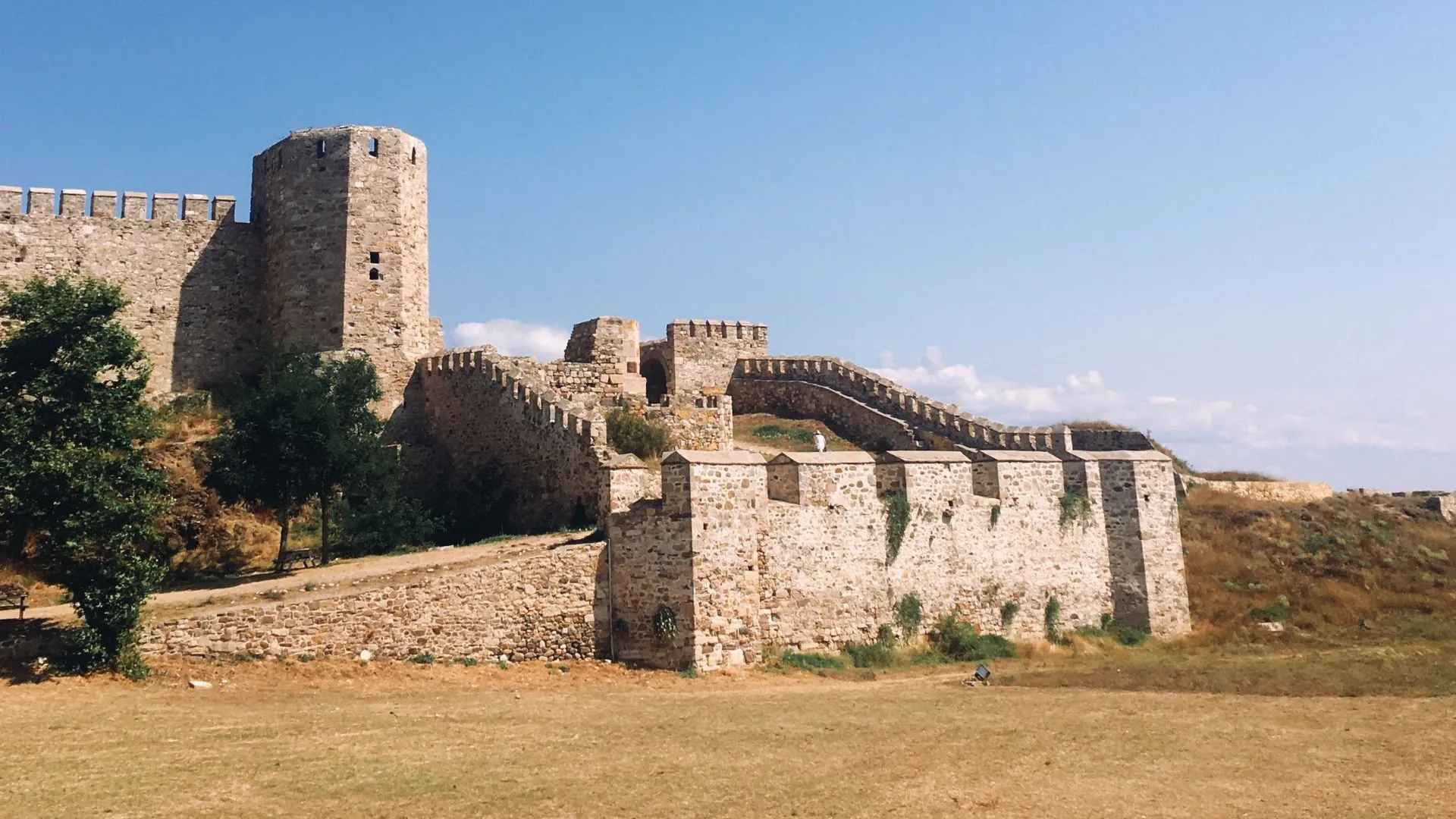The fall of Constantinople in 1453 marked the end of the Byzantine Empire and the beginning of a new era in European history. As the Ottoman Empire began to expand, many Byzantine scholars and artists fled to other parts of Europe, taking with them the knowledge and culture of their homeland. These refugees played a crucial role in sparking the Renaissance, a period of intellectual and cultural flourishing that transformed Europe in the centuries that followed.
One of the most significant contributions of Byzantine refugees to the Renaissance was their knowledge of classical Greek texts. During the Byzantine Empire, Greek was the language of culture and scholarship, and many important works of philosophy, science, and literature were written in Greek. When Constantinople fell to the Ottomans, many Byzantine scholars fled to Italy, where they brought with them ancient Greek texts that had been lost to the West for centuries. These texts, which included works by Aristotle, Plato, and other Greek thinkers, had a profound impact on European thought and helped to spark a renewed interest in classical learning.
The impact of Byzantine refugees on the Renaissance was not limited to the world of scholarship, however. Many Byzantine artists also fled to other parts of Europe, where they brought with them a rich tradition of artistic techniques and styles. Byzantine art was characterized by its use of rich colors, intricate patterns, and religious iconography, and these elements had a lasting influence on European art. In particular, Byzantine artists were known for their skill in creating religious icons, which became an important feature of Renaissance art.
The impact of Byzantine refugees on the Renaissance can be seen in a number of different fields. In architecture, for example, Byzantine refugees brought with them a knowledge of domed structures and other techniques that were later used in the construction of some of Europe’s most iconic buildings, such as St. Peter’s Basilica in Rome. In music, Byzantine refugees helped to introduce the use of complex rhythms and harmonies that would become a hallmark of European classical music.
The influence of Byzantine refugees on the Renaissance was not always recognized or appreciated, however. Many Byzantine scholars and artists faced discrimination and prejudice in their new homes, and their contributions were often overlooked or minimized. Despite these challenges, however, Byzantine refugees continued to make important contributions to European culture and helped to lay the foundation for the intellectual and artistic achievements of the Renaissance.
In conclusion, the fall of Constantinople in 1453 and the subsequent flight of Byzantine scholars and artists to other parts of Europe played a crucial role in the development of the Renaissance. These refugees brought with them a wealth of knowledge and culture that had a profound impact on European thought and art, and helped to spark a renewed interest in classical learning. The legacy of these refugees can still be seen in the art, architecture, and scholarship of Europe today, and serves as a testament to the resilience and creativity of those who have been forced to flee their homes.
Immigrants Are Vital to the U.S. Economy
History
Debunking The Misconceptions About Immigration







